Artists from 60 countries create intricate textiles, handcrafted treasures at festival, Yang Feiyue reports in Chengdu.
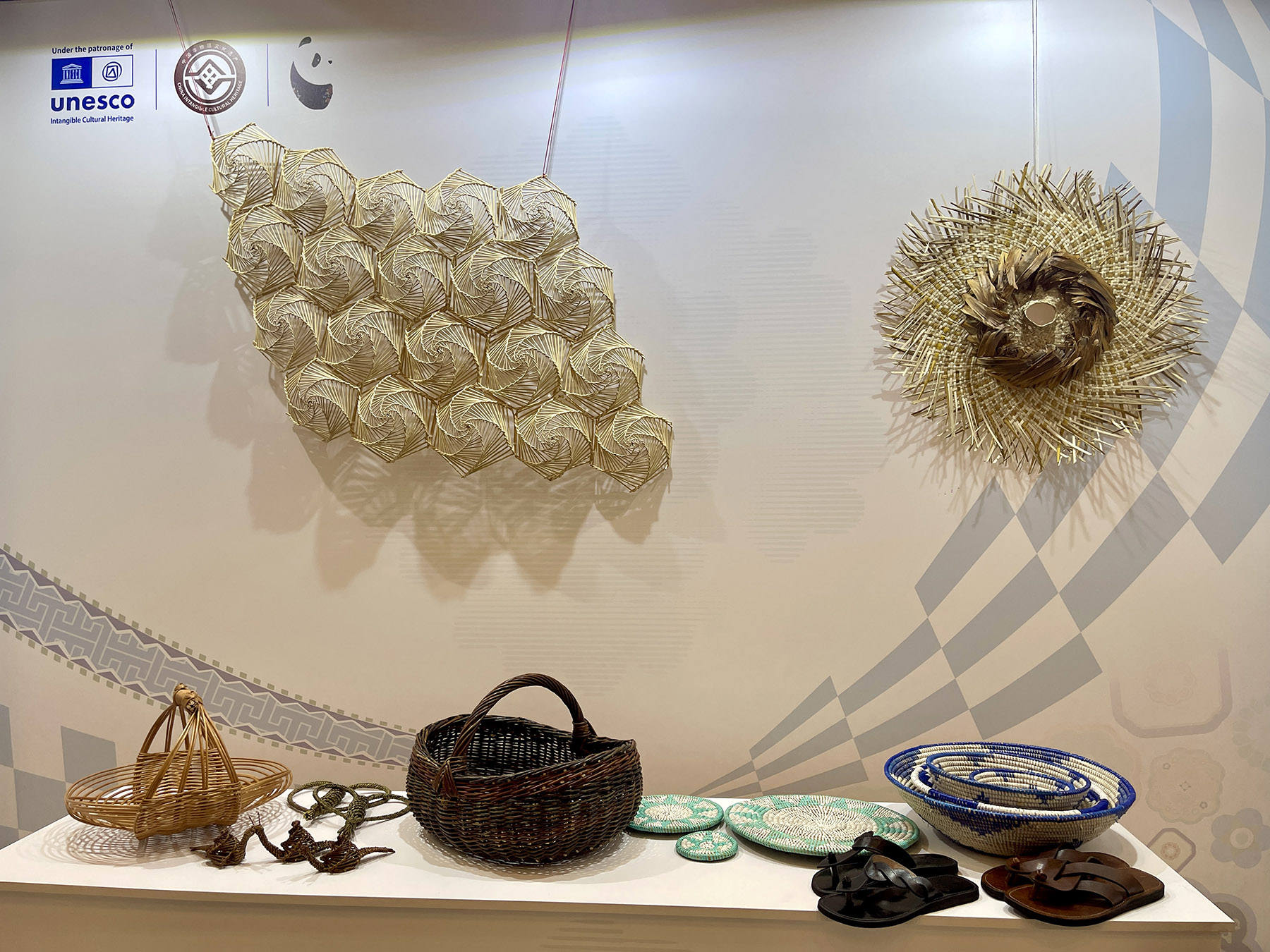
Several elegant female figures stand in a graceful procession on a long scroll of painting, their silhouettes connected by flowing rivers and mountain ranges that trace the geographical contours of their homelands from Poland to China.
It continuously stopped visitors in their tracks to the 9th International Festival of the Intangible Cultural Heritage in Chengdu, Sichuan province, that ran from May 28 to Tuesday.
Iwona Tamborska, brain behind the artwork, used architectural elements, textiles, and iconic symbols from each country to adorn her subjects.
"Women were chosen to symbolize the countries because they represent peace, harmony, and beauty — qualities aligned with the peaceful nature of Silk Road trade," the jewelry artist from Poland says, adding that women have also historically contributed to culture through art and craftsmanship.
READ MORE: Joint approach shows creativity
"The silk thread that connects each woman across the canvas is a metaphor for the interconnectedness of the cultures along the Silk Road," she says.
Having visited China multiple times over the past 14 years, and with an academic background in comparative cultural studies focusing on East Asia, Tamborska has long been captivated by the country's rich traditions and visual language.
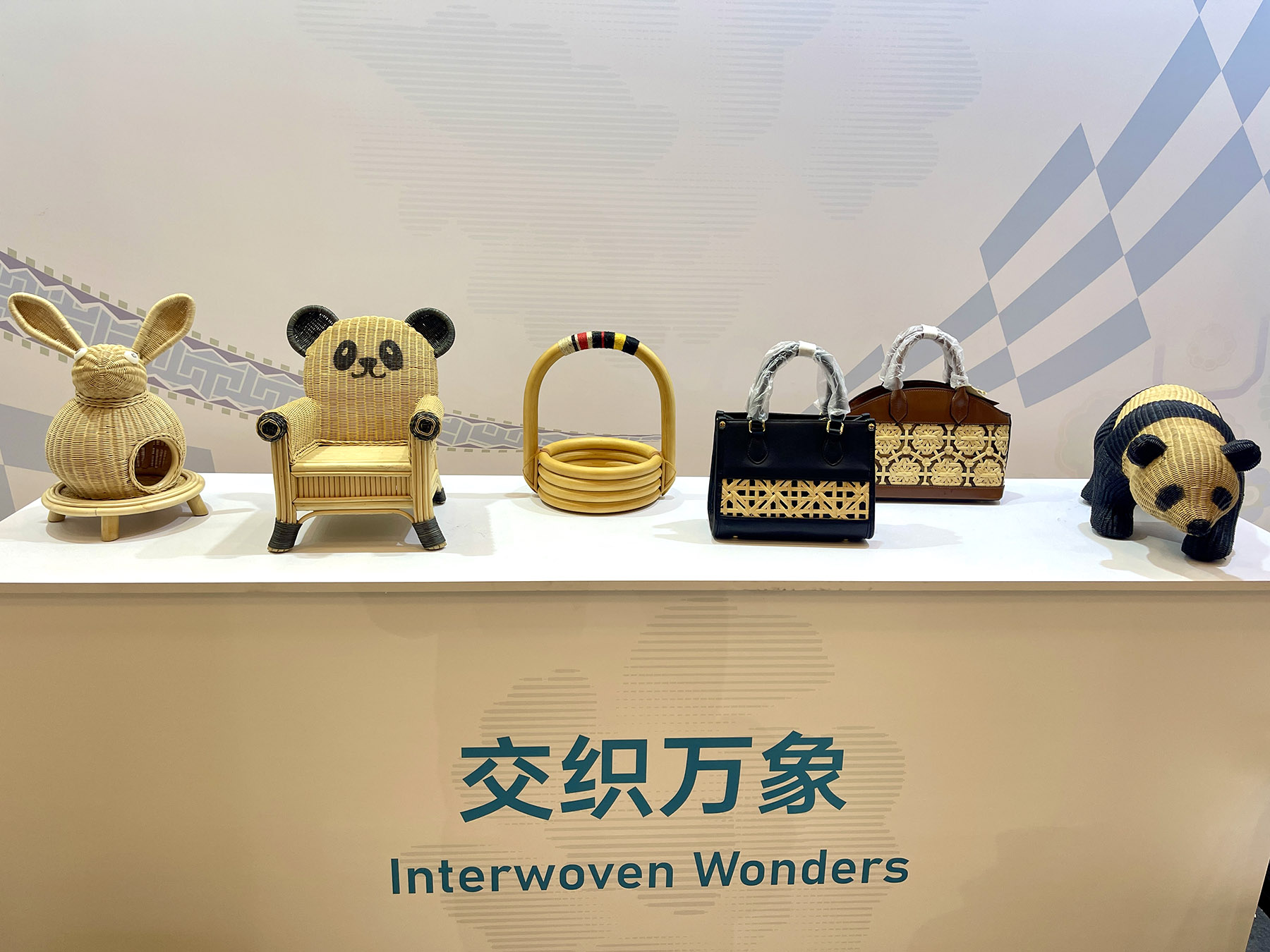
When approached by the College of Communication Science and Art, Chengdu University of Technology, to co-create a project for the ICH festival, she readily went on board.
Qiao Yu from the college reached out to Tamborska as they had worked together in art design before.
"We saw an opportunity to merge our expertise and create something innovative," Qiao says.
The partnership evolved organically, with the Polish designer contributing conceptual frameworks while the Chinese team handled cultural adaptations.
"It was a mutual learning process, and key modifications were made to respect cultural symbolism in different countries," Qiao notes.
"We deferred to each other's cultural expertise. For European elements, we prioritized her input, while she respected our adjustments for Asian sections," she recalls.
For instance, original headdress designs featuring architectural motifs were reimagined, moving structures to the background while emphasizing traditional jewelry. Prominent ICH items such as "phoenix embroidery" and Shu brocade techniques were incorporated, she adds.
Additionally, authentic materials like Chinese jade and Afghan lapis lazuli were used strategically to create semi-relief effects, enhancing visual depth under lighting.
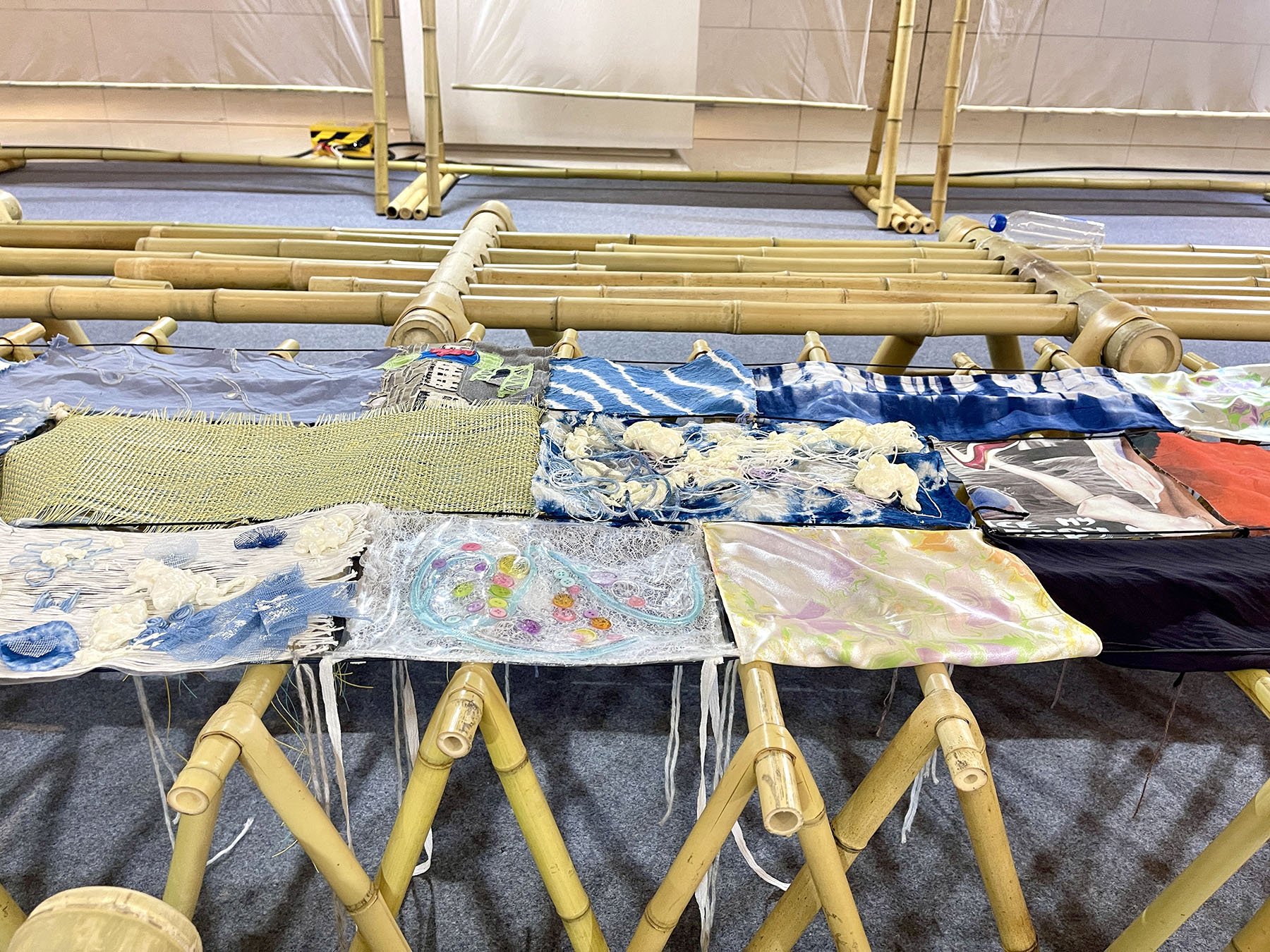
The work is among approximately 600 intangible cultural heritage items from more than 60 countries and regions at the international exchange section of the ICH festival, which was jointly hosted by the Sichuan government, the Ministry of Culture and Tourism, and UNESCO.
Hundreds of ICH inheritors presented their crafts at the event, especially how they integrated traditional culture into modern life, showcasing the diversity of craftsmanship across nations.
The goal is to display the rich tapestry of global handicrafts in all their vibrant splendor, according to the organizers.
Dozens of meters further into the international exchange section, translucent white gauze hung from the ceiling from across the wall, creating a semi-open space that shelters an installation consisting of about 100 textiles woven by art students from China and France.
"Each country's students independently produced textile samples using diverse techniques — weaving, embroidering, dyeing — while following common guidelines," says Hu Xuemei, vice-dean of Chengdu Textile College's School of Textile Engineering.
Then, French interior designer Eric Benque assembled these with bamboo elements representing Eastern culture into a cohesive installation.
"The arrangement was done on-site based on techniques and color schemes," Hu notes.
Over three months of preparation, the project demonstrated how shared textile methods can yield culturally distinct expressions, she says.
Benque established simple parameters: each student would create a 20 centimeter wide fabric sample showcasing their finest craftsmanship, with unlimited length and free choice of techniques.
"The diversity of responses to this single prompt has been astonishing," he remarks, adding that he was visibly impressed by the creativity in the submitted works.
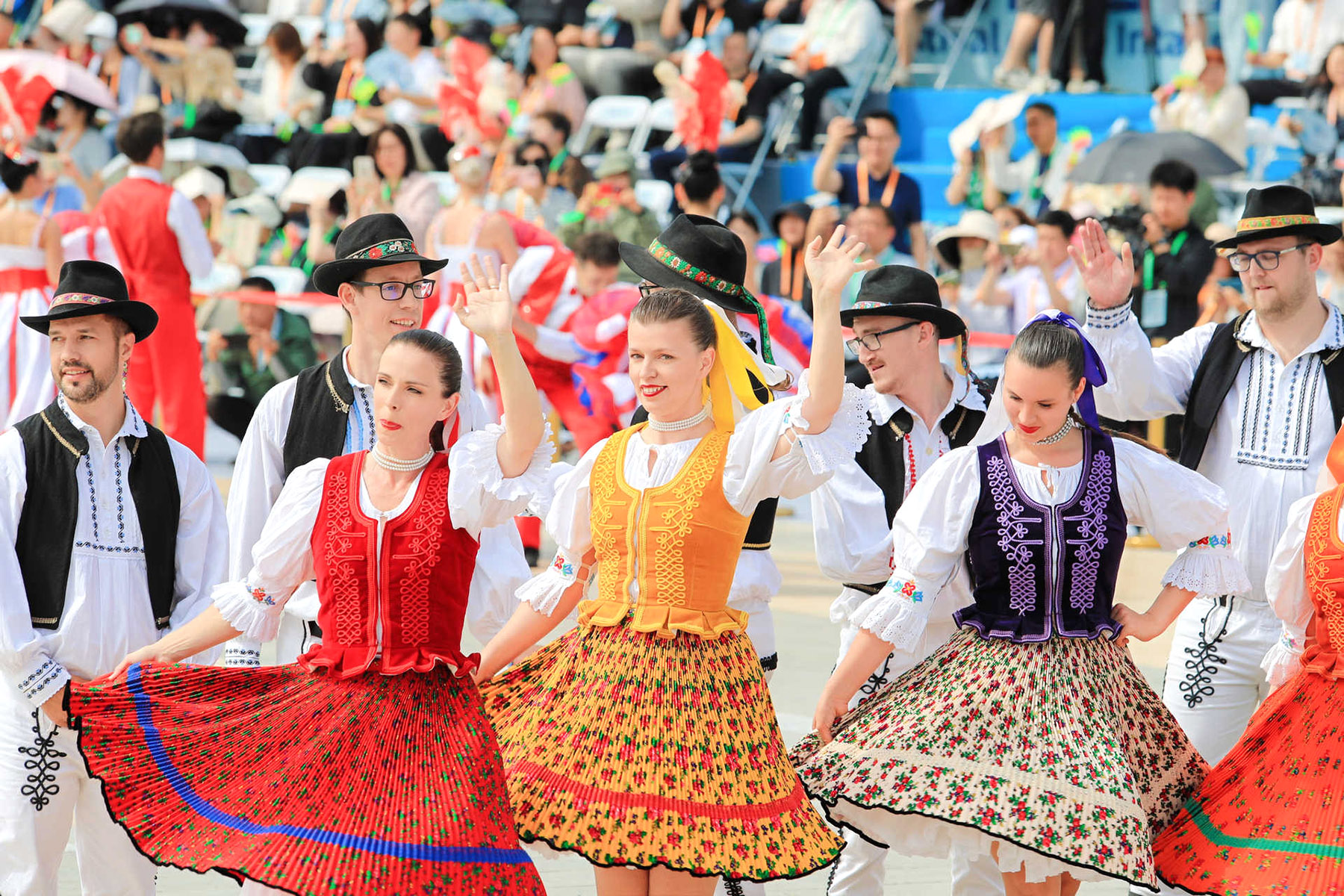
The designer intentionally maintained flexibility in the exhibition design, with adjustable benches and modular displays — to accommodate the unknown quantity and sizes of submissions until installation day.
"Just as the historic Silk Road had meeting points, this setup invites visitors to sit and discuss the artworks," he says.
Having visited China three times for this event, he says he has been constantly amazed how it brings global traditions together.
He particularly appreciated seeing weaving techniques from the two countries displayed side-by-side, noting striking similarities in global textile patterns.
Outside the international exchange exhibition hall, a wickerwork installation has provided a shade from the sun, allowing visitors to enter and experience firsthand various inset patterns.
It looks somewhat like a circular screen, with the tough yet flexible willow strands resembling flowing lines that sketch out undulating, wavelike patterns.
"This innovative installation brings together artisans from about 10 countries, including Poland, China, Slovenia, France, Senegal and Australia, to create a monumental circular structure from willow branches, symbolizing cultural connection and exchange," says Maciej Pawlak, a renowned Polish wickerwork artist who introduced the international collaboration project.
For instance, a German craftsperson created a willow fish pattern that is set in the wall of the structure, he notes, adding that artists from other countries have all contributed to distinctive elements to deliver gentle curves that reflect nature's absence of rigid shapes.
This project highlights wickerwork as one of humanity's oldest shared crafts, with some like Chinese traditions dating back thousands of years, he notes.
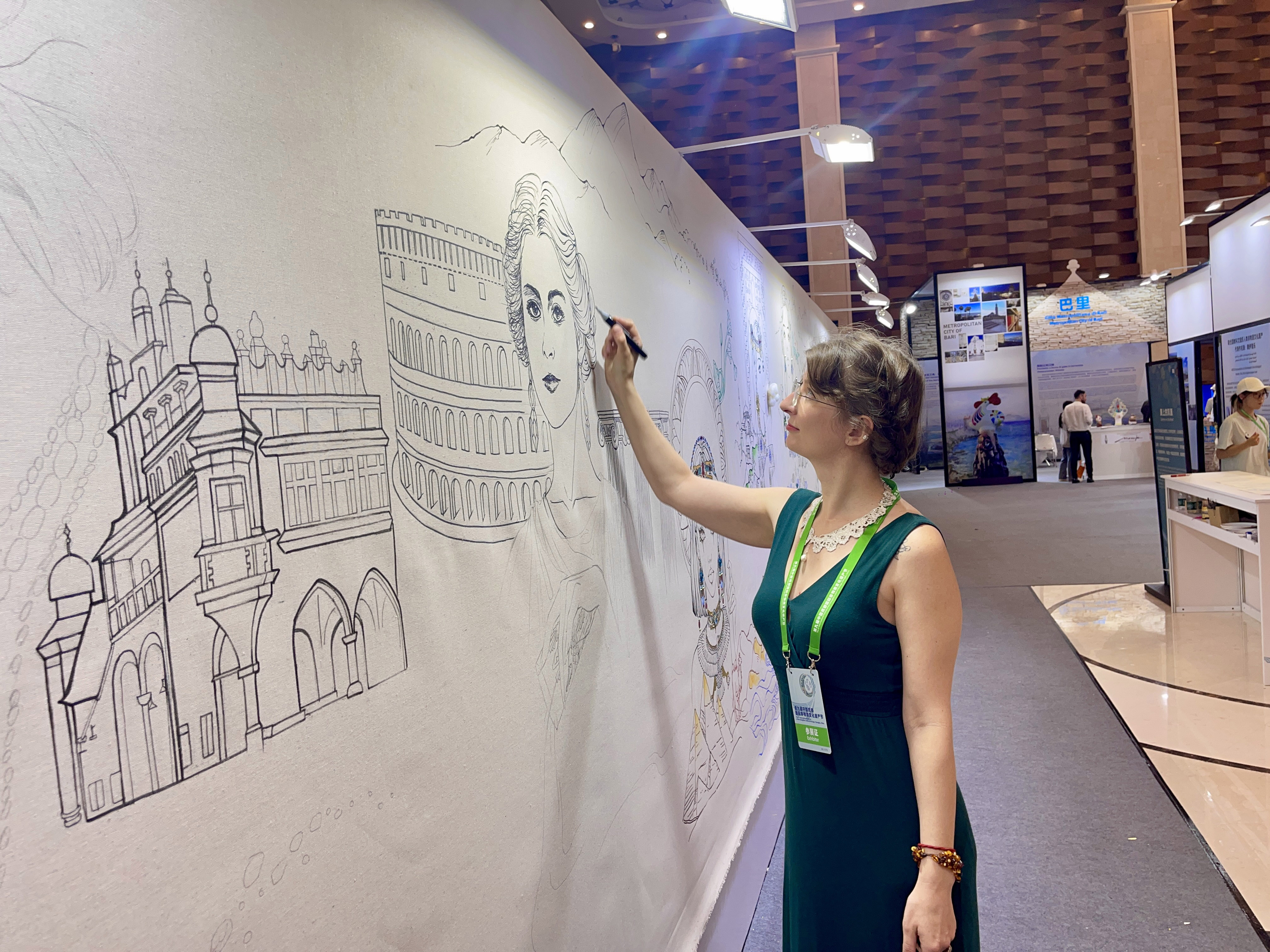
Born to a renowned wickerwork artist family, Pawlak emphasizes that while all participants share fundamental wickerwork techniques, each brings subtle cultural influences.
"What was everyday craftwork for our ancestors becomes today's artistic bridge between cultures," Pawlak reflects.
"The installation demonstrates how traditional skills can serve as vibrant contemporary mediums for international dialogue."
It was Pawlak's first visit to China, and the project has sparked plans for ongoing cultural exchange. He has extended invitations to Chengdu artisans for Poland's annual wicker festival, which typically attracts participants from over 70 countries.
ALSO READ: Weaving culture into art
"The cooperation with Chinese craftspeople has been tremendously successful," Pawlak remarks, expressing enthusiasm for establishing long-term institutional partnerships.
For Tamborska and Qiao, they managed to put the finishing touches to the women's silhouette painting right on the conclusion of the ICH festival, so many visitors got a close look at the process of the cross-cultural dialogue.
The painting will be preserved at Qiao's school museum, Qiao says.
"It would be a reminder of cultural collaboration that taught us to balance artistic vision with cultural authenticity — a lesson we're now passing to our students," she says.
Contact the writer at yangfeiyue@chinadaily.com.cn


